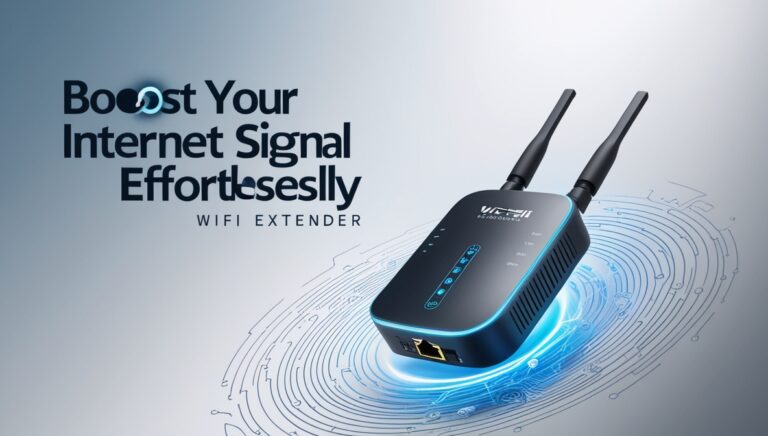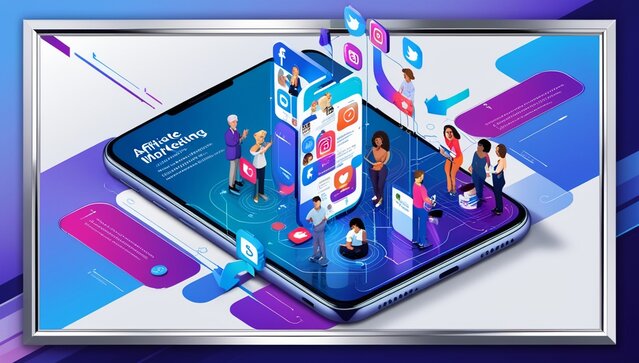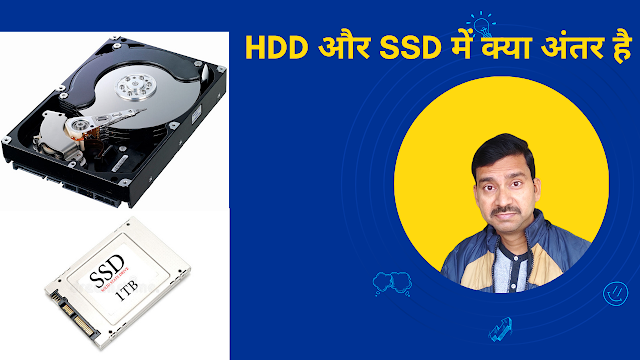The Evolution of Wearable Technology and Health Trackers
Wearable technology and health trackers have truly become an integral part of modern living. I find it almost magical how a simple band on my wrist can gather so much information about my daily habits, my heart, and even my mood. These innovations have not only changed how we approach health and fitness, but they’ve also started to reshape conversations with doctors and even influenced workplace productivity. Let’s take a walk through this fascinating world, shall we?
![]()
The Roots of Wearable Tech
It’s hard to believe just how quickly wearable technology has evolved. From the earliest days of pedometers that counted our steps (sometimes a bit too optimistically), to today’s devices tracking every heartbeat, calorie burned, and hour slept, the journey has been dizzying. Early wearables felt almost like toys compared to the sophisticated gadgets of today, integrating powerful sensors, AI algorithms, and even tiny ECG monitors right into a fitness band.
How Health Trackers Work Their Magic
The science behind these devices is, honestly, what fascinates me the most. Using a mixture of accelerometers, gyroscopes, optical sensors (like PPG to measure pulse), and sometimes even bioimpedance, wearables are now able to provide real-time insights into a user’s physiology. Step counts, distance, and active minutes are just the beginning. Some models even warn users about irregular heart rhythms or flag potential sleep disorders. I sometimes wonder how people managed their health before these micro-wizards!
Transforming Personal Health and Wellness
Wearing a tracker can feel like having a gentle coach on your wrist, cheering you on or sometimes nudging you to get up and move. I find the gamification of healthy habits—badges, streaks, competitions—surprisingly effective! What really stands out to me, though, is how these gadgets encourage people to be more mindful of their health. Daily tracking of activity, diet, and stress levels can spark behavioral changes that last a lifetime.
Healthcare Industry Embraces Data from the Wrist
The data generated by wearables is starting to make waves in the healthcare sector. Doctors can use long-term data to better understand patient trends, differentiate between acute and chronic issues, and get a more complete picture than what can be gathered in short, infrequent visits. Some medical-grade trackers now help with remote monitoring of patients with chronic conditions, reducing hospital visits and increasing independence.
From Pedometers to Personal Wellness Coaches
The story starts humbly, with analog pedometers decades ago. Back then, tracking steps was a quirky add-on rather than a lifestyle. Fast forward to today, and I marvel at how those basic counters evolved into sleek wristbands and even smart rings, measuring everything from heart rate variability to blood oxygen levels. Now, they’re not just keeping score—they’re offering guidance, analysis, and even warnings. Advanced AI and machine learning personalize our experience, turning raw data into advice tailored just for us.
Under the Hood: Sensors and Science
What’s happening beneath the surface is nothing short of technical magic. Today’s wearables are crammed with gyroscopes to track movement, accelerometers for activity, and optical sensors (like red and green LEDs) for pulse and oxygen saturation. Some even detect electrical signals in our skin or use temperature gauges to spot changes before we consciously feel them. The harmony of hardware and finely-tuned software allows them to do more than ever—forecasting stress, suggesting breathing exercises, or even flagging arrhythmias that might have gone unnoticed.
Motivational Power and Lasting Behavioral Change
For many of us, these trackers become a second conscience—a playful but persistent presence coaxing us toward better habits. I can’t help but smile when a little buzz reminds me to stand or a colorful badge pops up for my nightly walking streak. But it’s deeper than that: by tracking sleep, food, water, and movement, I can spot patterns, course-correct, and sometimes even unravel mysteries about my own mood and energy. The gamification element works wonders—it’s no longer a chore but a rewarding journey.
The Healthcare Revolution: Big Data Meets Medicine
Perhaps the most profound transformation is happening behind clinic doors. Doctors are increasingly turning to wearables to supplement clinical information with full-scale, real-world context. Suddenly, we’re able to catch slow-building health problems earlier or monitor chronic illness from home with unprecedented precision. Hospitals are piloting programs where patients go home with medical-grade trackers, saving costs, and—more importantly—reducing stress for the patient. Diabetes management, heart failure monitoring, even post-surgery recovery: wearables are setting the stage for proactive, preventive medicine.
Security, Privacy, and Ethical Frontiers
With all of this promise comes a hefty share of responsibility. The sensitive nature of the collected personal data means privacy concerns can’t be ignored. I often worry—who owns this stream of health information? What if it falls into the hands of employers or insurers seeking to profile or penalize? And how does one ensure that systems are resilient to security breaches? Industry-wide standards and transparent privacy settings are vital but still lagging behind the technology’s rapid pace.
Next Gen Wearables: What’s on the Horizon?
Peer a little way into the future, and I can already see bold advances looming. Imagine wearables with noninvasive blood glucose monitoring, mental state prediction, hydration trackers, or even tiny sensors sewn into clothing, powered wirelessly. Some companies are already developing smart patches that detect infections or stress levels in real time. The ultimate dream? Devices so unobtrusive—and so smart—they fade into the background, only surfacing when needed, like subtle guardians of our daily health.
Consumers are becoming more discerning, demanding not just accuracy but ethical stewardship. The industry is at a pivotal moment. If done right, wearables won’t just chart our data—they’ll become trusted partners helping us lead longer, healthier, and happier lives.
It’s an exhilarating era for anyone who’s ever wondered, “How can I really know what’s going on inside me?” As someone who can’t resist exploring the limits of technology, I’m convinced we’re only at the very beginning of this journey.
Risks, Privacy, and the Road Ahead
Of course, nothing’s perfect. The flip side of constant monitoring is the critical question of privacy. Who gets to see this trove of intimate data? Are there risks of data leaks, or insurance companies making unfair decisions? These are the sorts of questions that keep me awake at night—and rightly so. The industry still has work to do in earning trust and tightening up security.
Looking Forward
What’s around the corner for wearables? From what I gather, new devices will only get smarter—think glucose monitoring for diabetics, mood prediction for mental health, and even real-time infection detection. Borrowing inspiration from sci-fi, the vision is for wearables to become invisible assistants, blending into our lives yet always working to keep us healthy and informed.
For anyone curious about their health, or anyone just seeking an edge in fitness, there’s never been a better time to strap on a tracker and uncover what your body’s up to when you’re not even looking!






